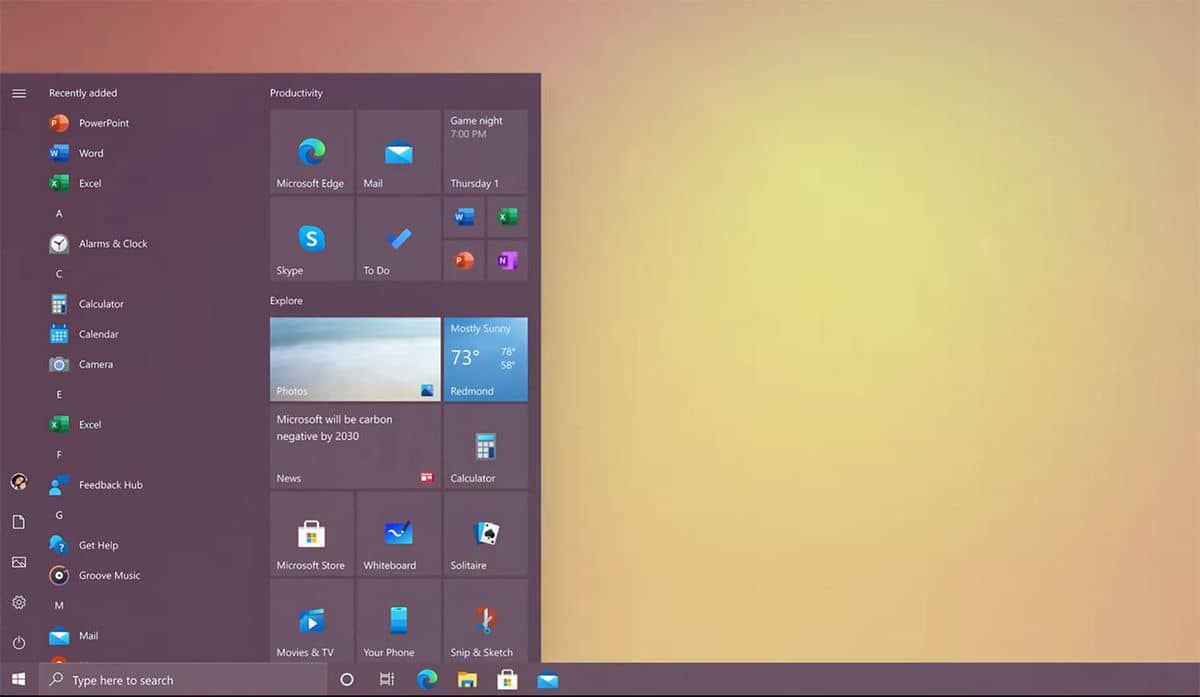

The AMDPowerProfiler.sys driver of AMD ?Prof tool may allow lower privileged users to access MSRs in kernel which may lead to privilege escalation and ring-0 code execution by the lower privileged user. For more details see the referenced GHSL-2021-063. This vulnerability is known to exist in the latest commit at the time of writing this CVE (commit a1c8dbe). In Keti a user able to create Policy Sets can run arbitrary code by sending malicious Groovy scripts which will escape the configured Groovy sandbox. CVSS Vector: (CVSS:3.1/AV:N/AC:L/PR:N/UI:N/S:C/C:H/I:H/A:H).Ī sandbox bypass vulnerability exists in Jenkins Script Security Plugin 1.53 and earlier in src/main/java/org/jenkinsci/plugins/scriptsecurity/sandbox/groovy/GroovySandbox.java, src/main/java/org/jenkinsci/plugins/scriptsecurity/sandbox/groovy/SecureGroovyScript.java that allows attackers with Overall/Read permission to execute arbitrary code on the Jenkins master JVM.Įclipse Keti is a service that was designed to protect RESTfuls API using Attribute Based Access Control (ABAC). CVSS 3.1 Base Score 10.0 (Confidentiality, Integrity and Availability impacts). Successful attacks of this vulnerability can result in takeover of Oracle Communications Billing and Revenue Management. While the vulnerability is in Oracle Communications Billing and Revenue Management, attacks may significantly impact additional products (scope change). Easily exploitable vulnerability allows unauthenticated attacker with network access via TCP to compromise Oracle Communications Billing and Revenue Management. Supported versions that are affected are 12.0.0.4 and 12.0.0.5. Vulnerability in the Oracle Communications Billing and Revenue Management product of Oracle Communications Applications (component: Connection Manager). It is possible to achieve code execution on the server by sending keyboard or mouse events to the server. ThinVNC version 1.0b1 allows an unauthenticated user to bypass the authentication process via ' by obtaining a valid SID without any kind of authentication. An attacker can send a sequence of requests to trigger this vulnerability. A specially-crafted network request can lead to remote code execution.
Autocad 2017.1.2 update download password#
A remote attacker could make a maliciously crafted request that could allow arbitrary remote execution on the remote host.Īn authentication bypass vulnerability exists in the device password generation functionality of Swift Sensors Gateway SG3-1010. In spring cloud gateway versions prior to 3.1.1+ and 3.0.7+, applications are vulnerable to a code injection attack when the Gateway Actuator endpoint is enabled, exposed and unsecured. Note that this vulnerability is specific to log4j-core and does not affect log4net, log4cxx, or other Apache Logging Services projects. From version 2.16.0 (along with 2.12.2, 2.12.3, and 2.3.1), this functionality has been completely removed. From log4j 2.15.0, this behavior has been disabled by default. An attacker who can control log messages or log message parameters can execute arbitrary code loaded from LDAP servers when message lookup substitution is enabled. Bitdefender GravityZone versions prior to 6.24.1-1.Īpache Log4j2 2.0-beta9 through 2.15.0 (excluding security releases 2.12.2, 2.12.3, and 2.3.1) JNDI features used in configuration, log messages, and parameters do not protect against attacker controlled LDAP and other JNDI related endpoints. Bitdefender Unified Endpoint versions prior to 6.2.21.160.

This issue affects: Bitdefender Endpoint Security Tools for Linux versions prior to 6.6.27.390 versions prior to 7.1.2.33. Improper Access Control vulnerability in the patchesUpdate API as implemented in Bitdefender Endpoint Security Tools for Linux as a relay role allows an attacker to manipulate the remote address used for pulling patches.

A remote code execution vulnerability exists in the way that the Microsoft Server Message Block 3.1.1 (SMBv3) protocol handles certain requests, aka 'Windows SMBv3 Client/Server Remote Code Execution Vulnerability'.Īn elevation of privilege vulnerability exists when an attacker establishes a vulnerable Netlogon secure channel connection to a domain controller, using the Netlogon Remote Protocol (MS-NRPC), aka 'Netlogon Elevation of Privilege Vulnerability'.


 0 kommentar(er)
0 kommentar(er)
